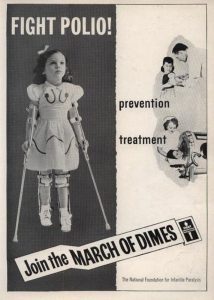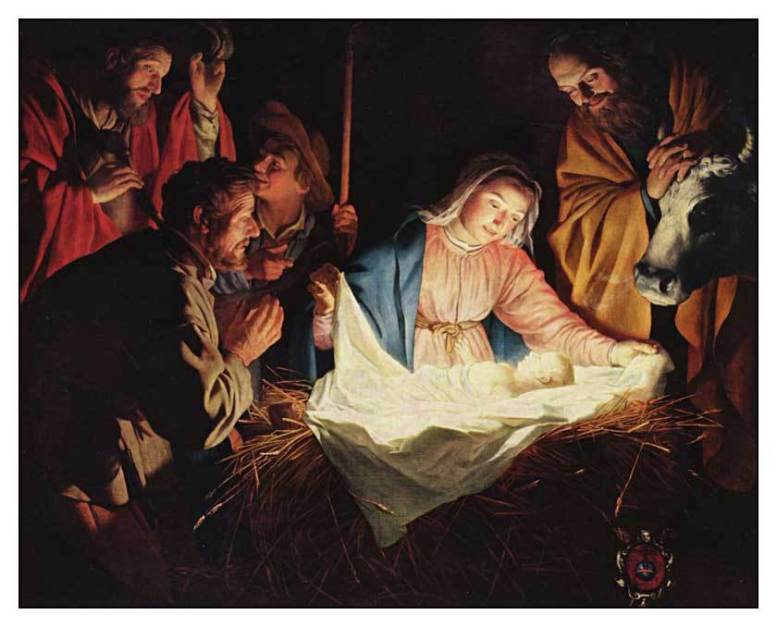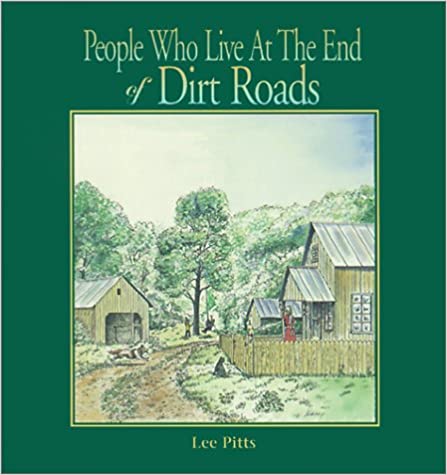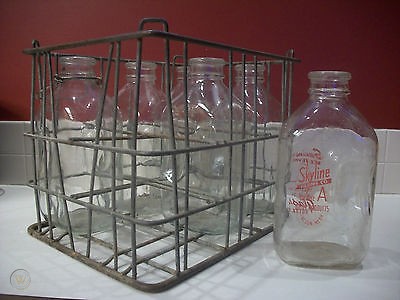The Anxiety & Panic Surrounding the COVID-19 Virus
The Anxiety & Panic Surrounding the COVID-19 Virus

- Adoration
- Anxiety & Panic
- Beliefs
- Blessed Virgin Mary
- Catholic Boys
- Catholic Girls
- Catholic Men
- Catholic Parenting
- Catholic Women
- Courage
- Depression
- Devout Catholics
- Faith
- Family
- Fatima
- Fear
- Government
- Grandparents
- Gratitude
- Happiness
- Health Problems
- Hope
- Immaculate Heart of Mary
- Keys To Greatness
- Love
- Personal Crisis
- Personal Growth
- Personal Responsibility
- Prayer
- Suffering
- Taking Action
- Works of Mercy
 After I started my law practice in January 1983, one of my first clients was Donna Schmidt. I had met Donna several years earlier when my mom introduced me to her. I don’t remember where we were introduced, but I do remember that it was at a Catholic religious event. Donna was a year younger than my mom. They had known each other since they were teenagers, when they both attended the same high school — the Academy of Our Lady, in Peoria, Illinois.
After I started my law practice in January 1983, one of my first clients was Donna Schmidt. I had met Donna several years earlier when my mom introduced me to her. I don’t remember where we were introduced, but I do remember that it was at a Catholic religious event. Donna was a year younger than my mom. They had known each other since they were teenagers, when they both attended the same high school — the Academy of Our Lady, in Peoria, Illinois.
Donna was a devout Catholic who had a strong devotion to the Blessed Virgin Mary. She dedicated a lot of her time to the Catholic Church and various Catholic and Marian organizations, which included the Legion of Mary and the Blue Army. She was an active member of St. Philomena Catholic Church.
When Georgette and I started the perpetual adoration program at St. Philomena in 1994, Donna was one of the first people who volunteered to assist with the program.
When we organized the program, Msgr. Steven Rolphs was the administrator at St. Philomena. To generate interest in the program, we sent a letter to all the parishioners and invited them to a meeting at the church. The purpose of the meeting was to explain what our plans were for the adoration program. The meeting took place inside the church on a Tuesday evening at 7:00 p.m., and more than 80 people showed up to listen to what we had to say.
Msgr. Rolphs started the meeting with a prayer, and then he explained what perpetual adoration was. After he was finished, I got up and explained the process we would be following to launch the program. I told the people who were in attendance that we needed 24 people to volunteer as hourly coordinators — one for each hour of the day.
The purpose of each of the hourly coordinators was to make sure that their hour was being covered by the adorers who signed up for the hour. I also told them that we needed four time-zone coordinators. Each of the time-zone coordinators would be assigned to manage one of the four six-hour segments of time — 12:00 a.m. to 6:00 a.m., 6:00 a.m. to 12:00 p.m., 12:00 p.m. to 6:00 p.m., and 6:00 p.m. to 12:00 a.m.
I told them that after the program was up and running, if an adorer was not able to attend their holy hour, the adorer would be responsible for finding a substitute. If a substitute could not be found, the adorer would be instructed to contact their hourly coordinator, and then it would be up to the hourly coordinator to either find a substitute or to cover the hour themselves.
If the hourly coordinator had a problem, they would be instructed to report the problem to their time-zone coordinator. If a time-zone coordinator had a problem, they would report the problem to me or my wife. This type of organizational structure was necessary to make sure that each of the hours were covered and that there was an orderly process in place for finding substitutes and handling problems.
After I was finished making my presentation, Donna Schmidt was the first person who approached me and volunteered to act as an hourly coordinator. I have a clear memory of what hour she chose — 1:00 p.m. to 2:00 p.m.
What I liked most about Donna was that she always said it like it was, and she never hesitated to defend her faith or her beliefs. She was energetic, tough, smart, fearless, resilient, honest, fair-minded, and holy. I attribute some of those characteristics to the fact that at the age of 18, she contracted polio, which crippled her to such an extent that she had to wear leg braces and use forearm crutches to walk for the rest of her life. She also experienced frequent pain and suffered from other disabilities that were caused by the poliovirus.
Before she contracted the crippling disease of polio, Donna was an attractive, vibrant, personable, and youthful woman who had everything going for her. After she lost the use of her legs, she had every reason to feel sorry for herself and become a victim, but instead, she used her crippling disease as a catalyst to pray more and to dedicate her free time to helping others through various Catholic organizations.
Donna never got married or had children. Through her own strength and determination, she was able to live a full life. She worked for 27 years as a secretary for the International Association of Machinists Union. Later in life, despite her physical limitations, she went on several religious pilgrimages that included trips to Lourdes France, Rome Italy, and Fatima Portugal. For the last few years of her life, her condition deteriorated to the point where she had to use a wheelchair to get around.
Donna died at the age of 83, on Saturday, November 22, 2014, at 1:08 p.m., at OSF St. Francis Medical Center. It was not a coincidence that she died on a Saturday, which according to Catholic tradition, is the day of the week that is dedicated to the Mother of God. The time of Donna’s death occurred during the hour that she had managed for the perpetual adoration program.
I’ve been thinking a lot about Donna lately because of what we’ve been going through with the COVID-19 virus. The year that Donna contracted polio was 1949, which was 55 years after the first U.S. polio epidemic occurred in 1894. The first large-scale epidemic of polio cases occurred in New York in 1916. It wasn’t until 1955 that a polio vaccine that was developed by Jonas Salk was approved by the U.S. Government. That vaccine was given by injection. Five years later, the government approved an oral vaccine that was developed by Albert Sabin.
It was during the late 1940s and early1950s that the poliovirus wreaked havoc upon American children. In 1952 alone, there were more than 59,000 children who were infected with the poliovirus. More than 3,000 of those children died, while several thousand of them were paralyzed. There were special units that were set up in hospitals where iron lung machines were used to keep polio victims alive. It wasn’t until 1979 that the poliovirus was entirely eliminated in the United States. It took more than 60 years from the first U.S. polio epidemic to develop a vaccine, and 85 years before the virus was finally eradicated in our country.
The reason that I’ve been thinking about Donna is because she would be amused by all the anxiety and panic-stricken behavior that has been taking place in our media and among our politicians about the COVID-19 virus. While the COVID-19 virus is very serious, it doesn’t compare to the crippling poliovirus outbreak of the late 1940s and early 1950s. If we were to take today’s U.S. population of children, based on the percentage of children who died from the poliovirus in 1952, the number of deaths for children this year would be close to 4,400.
Contrast that number with the age and number of people who have died from the COVID-19 virus. The vast majority of COVID-19 deaths have been elderly people who had other medical problems such as heart disease, high blood pressure, and diabetes. Very few children have died from the COVID-19 virus. None that I know of have been crippled for life. The most interesting statistics surrounding the COVID-19 virus is that 98% of the people who are diagnosed with the virus recover completely.
Donna would also be amused by the people who are whining about being isolated at home while being forced to take care of the children that they brought into this world. I can picture her lecturing some of those people right now about how they have no idea what it means to really suffer. She suffered immensely throughout her entire adult life.
Former president Lyndon Johnson once said, “Sometimes you’ve just got to hunker down and take it like a jackass in a hailstorm.” Charles Darwin, the geologist and biologist who was best known for his theory of evolution, said, “It isn’t the strongest that survive, but those who are most adept at change.” Donna was a master at adapting to change and hunkering down while doing what needed to be done.
I don’t want you to think that I am questioning the seriousness of the COVID-19 virus. That is not my intention. I’m simply trying to put everything into perspective by showing that our country has been through worse pandemics than this, and Americans have always come out stronger because of the trials and tribulations that they have been forced to endure.
So what did Donna do to cope with her crippled body? She turned to God in prayer and volunteered as much of her time as possible to Catholic organizations, so she could share the beauty and teachings of the Catholic Church with as many people as possible. Instead of focusing on her own disabled and broken condition, she focused on God and His children. She was a true and loyal child of God.
What can you do during this current crisis? The same thing Donna did — pray more and reach out and help others who are in desperate need of spiritual guidance.
I pray that our Risen Lord will protect all of us from the spiritual and physical viruses that have been unleashed against us in our modern world.




3 Comments
Thank you, Harry, for these encouraging words and examples of true heroism.
Polio was definitely a scourge. I simply remember the swimming pool nearby closing in August a couple years. Later however,
I met someone working in a hospital lab, who still had the crutches and had them until she died. She sang the Ave Maria
at my wedding. Her parents never allowed her more than one minute of self pity. The poster really caught my eye. It could
well have been her. She shared that her father spied a flyer once on the sidewalk falling into a gutter. He picked it up and
there was his daughter Rosemary. I guess the family sued March of Dimes or whoever, because no permission had ever
been requested from the family to use her photo. I lost touch, but had the pleasure of seeing her many years later at a
Christian Women’s luncheon and attending her funeral the following year.
Paulette – Your comment, “Her parents never allowed her more than one minute of self-pity” jumped out at me. That’s the way my most parents were when I was growing up, including my parents. Thank God for parents who taught their children about how to handle life’s struggles. Take care, Harry